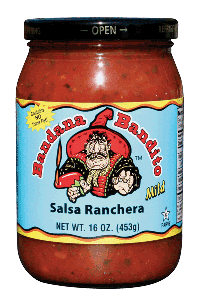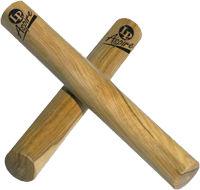THE LATIN DANCE OF SALSA
Salsa is the commonly used name for a form of music formally known simply as "Latin music". The Spanish word "salsa" means "sauce", and refers to the hot sauce commonly used in various Latin American diets. Nowadays salsa refers to music designed primarily for a dancing audience, while Latin Jazz refers to music that caters to more of a listening crowd.

In the late 1960s and early 70s, this latin dance term was
coined in the New York city for the purpose of marketing what
was already recognised as Afro-Cuban-based music, much
of it interpreted over the decades by Puerto Rican and other
Latin as well as North American musicians. Over the years
there has existed a controversy surrounding the use of the
word salsa to refer the music, which in its primary structure,
is essentially the Cuban son form.
While many countries have contributed to the development of
salsa, including Puerto Rico, Colombia, Venezuela and of course
New York City (Jazz and North American styles of music have
had a great influence on Cuban music and vice versa), it is
Cuba which serve's as salsa's foundation. Although the national
dances of Puerto Rico are the bomba and the plena, it is hard to
miss the slogans of "Puerto Rico the home of salsa" everywhere
you go on this island. Musicians such as Tito Puente a New
Yorker of Puerto Rican descent and Celia Cruz, born in Cuba,
played a huge role in popularising this music. The two of them were often referred to as the king and queen of salsa. Thus although the origins of salsa can be traced back to Cuba its current form owes much to Puerto Rican and other influences. Merengue, another popular style of music on the other hand is unquestionably the national dance rhythm of the Dominican Republic.
A major factor in salsa's development stems from its deep connection to numerous drumming styles, most prominently in Cuba, where enslaved African peoples (predominantly from the western coastal regions of Africa) were able to maintain their sacred and secular drumming traditions. African instruments were not brought with the slave trade. Rather Africans re-created their instruments with the available material on the islands, making several adaptations along the way.

The Clave
The most outstanding and unique characteristic in Cuban music is the rhythmic pattern called clave (Klah-veh). This pattern is often played on the instrument known as claves (two round sticks which are struck together) or on percussion instruments. The clave is the foundation of most Cuban rhythms.
It is a two-measure rhythm consisting of three percussive strokes in one measure, followed by a measure with two strokes. Some melodies begin with the measure with two strokes. Other melodies begin with the three-stroke measure. Thus some melodies are based on the three-two form of the clave; others, on the two-three form.


